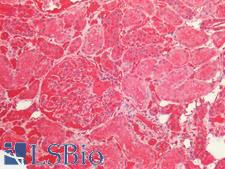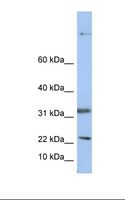order histories, retained contact details for faster checkout, review submissions, and special promotions.
Forgot password?
order histories, retained contact details for faster checkout, review submissions, and special promotions.
Locations
Orders Processing,
Shipping & Receiving,
Warehouse
2 Shaker Rd Suites
B001/B101
Shirley, MA 01464
Production Lab
Floor 6, Suite 620
20700 44th Avenue W
Lynnwood, WA 98036
Telephone Numbers
Tel: +1 (206) 374-1102
Fax: +1 (206) 577-4565
Contact Us
Additional Contact Details
order histories, retained contact details for faster checkout, review submissions, and special promotions.
Forgot password?
order histories, retained contact details for faster checkout, review submissions, and special promotions.
SEP15
15 kDa selenoprotein
SEP15 is a selenoprotein, which contains a selenocysteine (Sec) residue at its active site. The selenocysteine is encoded by the UGA codon that normally signals translation termination. The 3' UTR of selenoprotein genes have a common stem-loop structure, the sec insertion sequence (SECIS), that is necessary for the recognition of UGA as a Sec codon rather than as a stop signal. Studies in mouse suggest that this selenoprotein may have redox function and may be involved in the quality control of protein folding. This gene is localized on chromosome 1p31, a genetic locus commonly mutated or deleted in human cancers. Two alternatively spliced transcript variants encoding distinct isoforms have been found for this gene.
| Gene Name: | 15 kDa selenoprotein |
| Synonyms: | SEP15, 15 kDa selenoprotein, Selenoprotein |
| Target Sequences: | NM_004261 NP_004252.2 O60613 |





If you do not find the reagent or information you require, please contact Customer.Support@LSBio.com to inquire about additional products in development.










